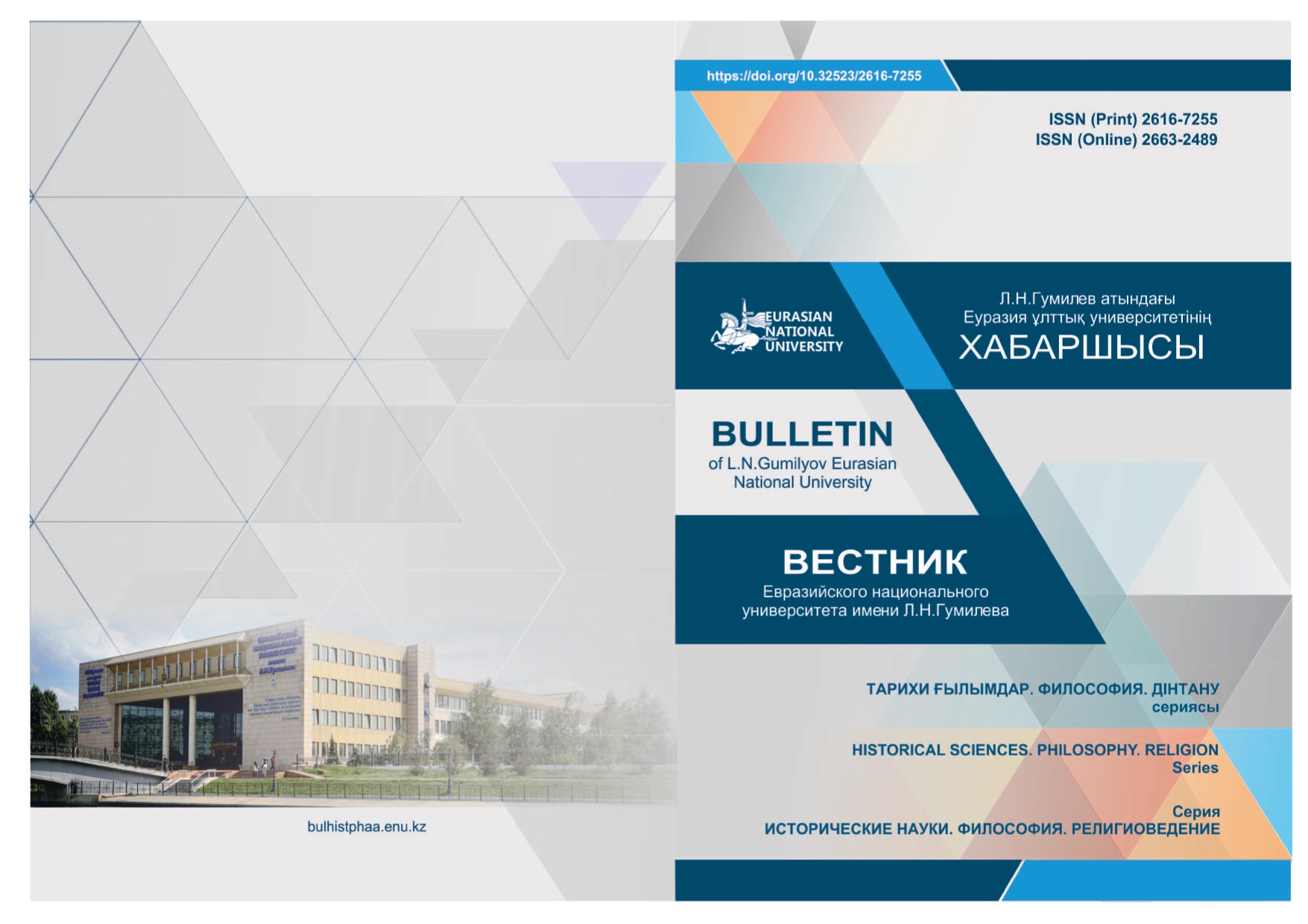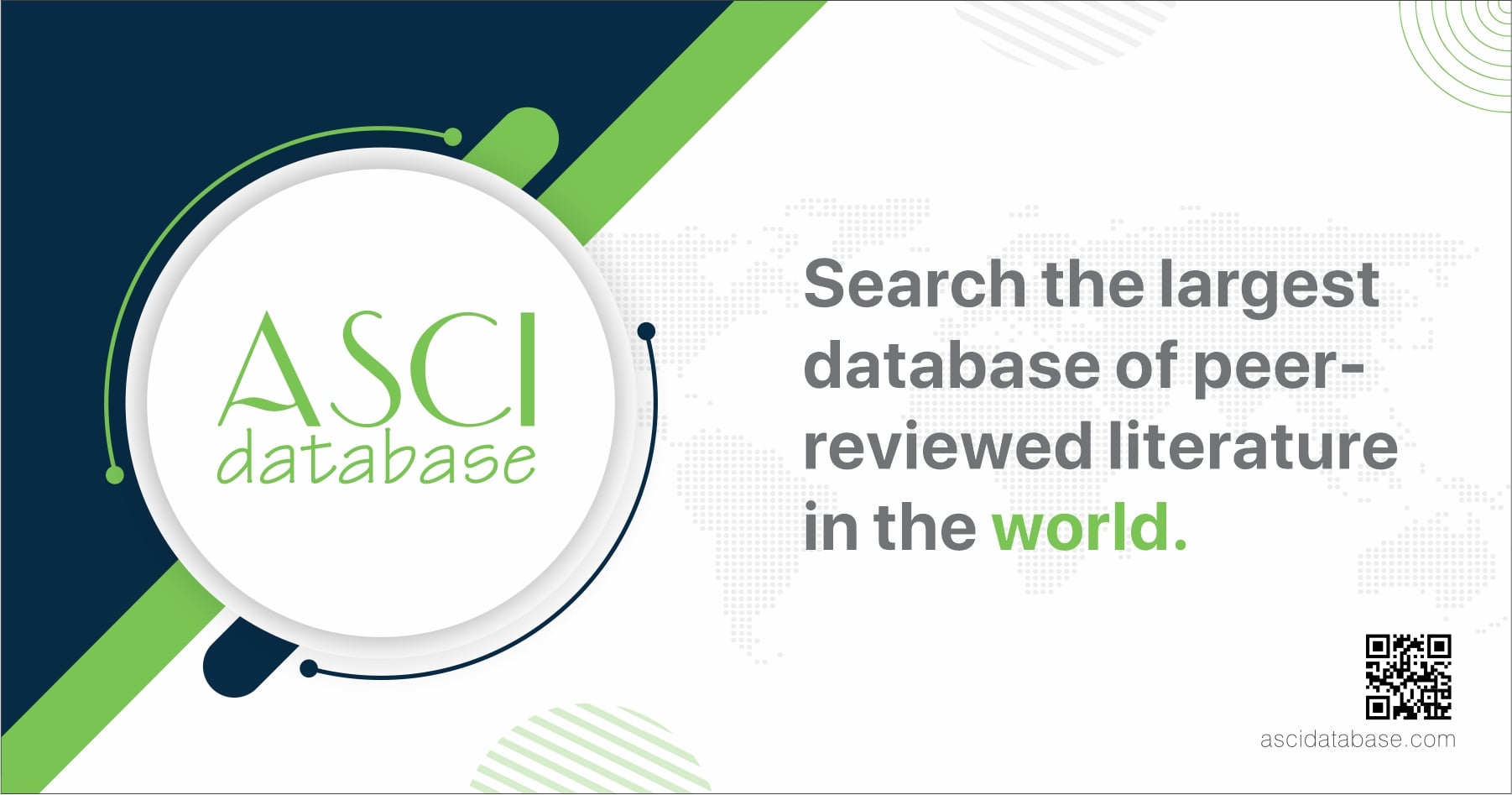Archaeology of the Usuns: the results of the study and problematic issues
Views: 523 / PDF downloads: 547
DOI:
https://doi.org/10.32523/2616-7255-2023-145-4-58-73Keywords:
Usuni; Zhetysu; early Iron Age; historiography; cattle breeding; agriculture; settlement; settled way of lifeAbstract
The article considers the history of archeological studies of the culture of ancient Usuns (II century BC - IV century AD), inhabiting Zhetysu. Since the end of the 19th century, research on early Iron Age archeology has been actively carried out in the region. The main objects of this era are represented by monuments of the Sakа-Usun time. The main objects of this era are represented by monuments of the Saka- Usun time. Particular attention is paid to the work of scientists based on the interpretation of the features of the economy, ethnocultural interrelationships, the history of the formation of statehood, problems of chronology, archaeological materials that are the main sources of reconstruction of the traditions of house building. The main attention was paid to the scientific conclusions of A. N. Bernstam, K. A. Akishev, K. M. Baypakov and a number of other scientists. Continuity in the development of the culture of the nomads of and Tien Shan for a thousand years until the end of the IV-early V century indicates ethnogenetic connections in the Sako-Usun period among the main part of the population. The analysis of the materials indicates that the Usun tribes developed on a local basis and were closely related to the Saka culture. The theoretical works devoted to the history of the Usuns set the tasks of studying the economy, ethno-cultural development and religious beliefs of the ancient people. At the same time, research in recent decades has expanded the boundaries of the spread of the Usun tribes to the eastern limits of Kazakhstan. The analysis contributes to the further progression of source studies and historiographical studies formed in domestic historiography.
Downloads

Downloads
Published
How to Cite
Issue
Section
License
Copyright (c) 2023 Ainagul S. Ganieva, Aigerim E. Aitbayeva, Aliya M. Manapova

This work is licensed under a Creative Commons Attribution-NonCommercial 4.0 International License.







